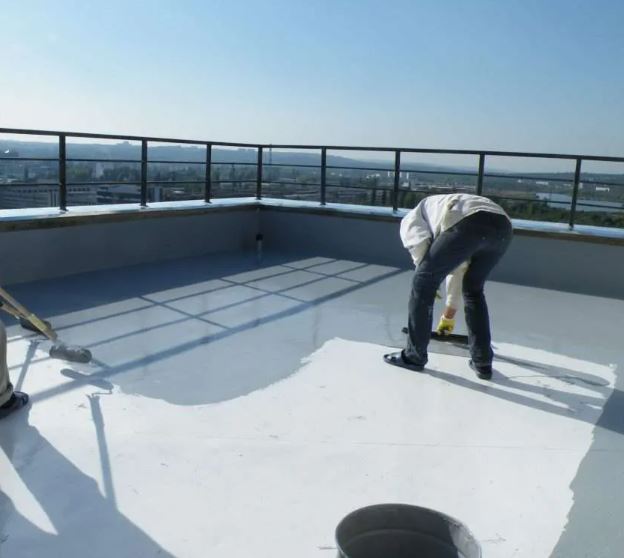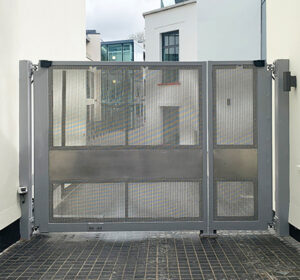
DIY Waterproofing for Beginners
Water damage can wreak havoc on your home, causing costly repairs and posing health risks due to mold growth. Whether you’re a new homeowner or simply looking to protect your investment, learning how to waterproof your home is essential. Fortunately, with the right knowledge and tools, DIY Water Proofing is not only achievable but also cost-effective. In this comprehensive guide, we’ll walk you through everything you need to know about DIY waterproofing, from identifying problem areas to choosing the right materials and techniques for your project.
Understanding the Importance of Waterproofing
Water damage is a common issue that affects countless homes each year. From leaky roofs to damp basements, the consequences of water intrusion can be devastating. Not only can it cause structural damage to your home, but it can also lead to mold growth, which can exacerbate respiratory issues and allergies. By taking proactive measures to waterproof your home, you can mitigate these risks and ensure the longevity of your property.
Assessing Your Home for Vulnerabilities
Before you begin your DIY Polyurea Coating project, it’s essential to assess your home for vulnerabilities. Start by inspecting the exterior of your house, paying close attention to areas where water may penetrate, such as windows, doors, and foundation cracks. Inside your home, check for signs of water damage, such as peeling paint, damp walls, or musty odors. Identifying these problem areas early on will help you prioritize your waterproofing efforts and prevent future issues.
Choosing the Right Waterproofing Materials and Techniques
When it comes to DIY waterproofing, the materials and techniques you choose will depend on the specific needs of your home. For example, if you have a basement prone to flooding, you may need to invest in a waterproofing membrane or sealant to prevent water from seeping through the walls. Alternatively, if you’re looking to protect your roof from leaks, installing a durable waterproofing membrane can help keep water out and extend the life of your roof.
DIY Waterproofing Techniques for Common Problem Areas
Basement Waterproofing
Basements are notorious for being susceptible to water damage, making waterproofing essential for any homeowner. Start by sealing any cracks or gaps in the foundation walls using hydraulic cement or epoxy. Next, apply a waterproofing membrane or sealant to the interior walls to create a barrier against moisture. Finally, consider installing a sump pump to remove any excess water and prevent flooding during heavy rainstorms.
Roof Waterproofing
A leaky roof can lead to significant water damage if left unchecked, so it’s crucial to waterproof your roof regularly. Begin by inspecting the roof for damaged shingles or flashing and repair any areas that may be allowing water to seep through. Next, apply a waterproofing coating or membrane to the surface of the roof to create a protective barrier against rain and snow. Additionally, make sure your gutters and downspouts are free of debris to allow for proper drainage.
Bathroom Waterproofing
Bathrooms are another common area where water damage can occur, particularly around showers and bathtubs. To waterproof your bathroom, start by caulking any gaps or cracks around the edges of the tub or shower enclosure. You can also install a waterproofing membrane behind the tile to prevent water from seeping into the walls. Additionally, make sure your bathroom has proper ventilation to reduce humidity levels and prevent mold growth.
Maintaining Your Waterproofing System
Once you’ve completed your DIY waterproofing project, it’s essential to maintain your system regularly to ensure its effectiveness. Schedule annual inspections to check for any signs of damage or wear and tear, and make repairs as needed. Keep gutters and downspouts clear of debris to prevent water from pooling around your home’s foundation, and monitor the humidity levels inside your home to prevent mold growth. By staying proactive about maintenance, you can prolong the life of your waterproofing system and protect your home for years to come.
Conclusion
DIY waterproofing is a valuable skill for any homeowner, helping to protect your investment and safeguard your family’s health. By understanding the importance of waterproofing, assessing your home for vulnerabilities, and choosing the right materials and techniques for your project, you can effectively waterproof your home and prevent water damage. Remember to regularly maintain your waterproofing system to ensure its longevity and effectiveness. With the right knowledge and tools, you can tackle DIY waterproofing with confidence and peace of mind.


